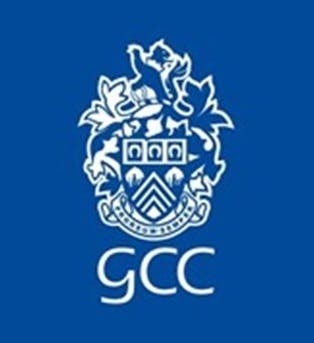Consultation on school admission arrangements for community & voluntary controlled schools academic year 2027/2028

The School Admissions Code 2021 requires all admission authorities to consult upon their admission arrangements if changes are to be made or if there are no changes, at least once every 7 years.
Gloucestershire County Council, as the admission authority for all Community (C) and Voluntary Controlled (VC) schools last consulted upon their admission arrangements in 2023, however, we have received feedback that there was some confusion for families regarding the wording of the ‘sibling’ criterion in our current admission arrangements, specifically siblings at companion Infant and Junior schools. Therefore, the decision has been made to carry out a full consultation to amend the wording of this criterion and offer more clarity.
The current oversubscription criteria give priority in the following order:
Community & Voluntary Controlled Infant and Primary Schools
Where applications for admission exceed the number of places available (both in the normal round of admissions and for in-year admissions), the following criteria will be applied, in the order set out below, to decide which children to admit:
- A 'looked after child' or a child who was previously looked after but immediately after being looked after became subject to an adoption, child arrangements order or special guardianship order (1) including those who appear to the admission authority to have been in state care outside of England and ceased to be in state care as a result of being adopted.
- Children who will have siblings attending the school at the time the applicant child is admitted.
- Children with the strongest geographical claim, measured in a straight line from the Ordnance Survey address point of the child’s home address (including flats) to the Ordnance Survey address point of the school, using the Local Authority’s computerised measuring system, with those living closer to the school receiving the higher priority.
Community & Voluntary Controlled Junior Schools
Where applications for admission exceed the number of places available (both in the normal round of admissions and for in-year admissions), the following criteria will be applied, in the order set out below, to decide which children to admit:
- A 'looked after child' or a child who was previously looked after but immediately after being looked after became subject to an adoption child arrangements order or special guardianship order (1) including those who appear to the admission authority to have been in state care outside of England and ceased to be in state care as a result of being adopted.
- In the case of companion Infant and Junior Schools, priority will be given to pupils attending the companion Infant School.
- Children who will have siblings attending the school at the time the applicant child is admitted.
- Children who will have siblings attending the companion school at the time the applicant child is admitted.
- Children with the strongest geographical claim, measured in a straight line from the Ordnance Survey address point of the child’s home address (including flats) to the Ordnance Survey address point of the school, using the Local Authority’s computerised measuring system, with those living closer to the school receiving the higher priority.
The proposed new wording is highlighted below:
Where applications for admission exceed the number of places available (both in the normal round of admissions and for in-year admissions), the following criteria will be applied, in the order set out below, to decide which children to admit:
Community & Voluntary Controlled Infant/Primary Schools
1. A 'looked after child' or a child who was previously looked after but immediately after being looked after became subject to an adoption, child arrangements order or special guardianship order (1) including those who appear to the admission authority to have been in state care outside of England and ceased to be in state care as a result of being adopted.
2. Children who will have siblings attending the school (or the Companion Junior School) at the time the applicant child is admitted.
3. Children with the strongest geographical claim, measured in a straight line from the Ordnance Survey address point of the child’s home address (including flats) to the Ordnance Survey address point of the school, using the Local Authority’s computerised measuring system, with those living closer to the school receiving the higher priority.
Community & Voluntary Controlled Junior Schools
1. A 'looked after child' or a child who was previously looked after but immediately after being looked after became subject to an adoption child arrangements order or special guardianship order (1) including those who appear to the admission authority to have been in state care outside of England and ceased to be in state care as a result of being adopted.
2. In the case of companion Infant and Junior Schools, priority will be given to pupils attending the companion Infant School (for the Coordinated Admission Round).
3. Children who will have siblings attending the school (or the Companion Infant School) at the time the applicant child is admitted.
4 . Children with the strongest geographical claim, measured in a straight line from the Ordnance Survey address point of the child’s home address (including flats) to the Ordnance Survey address point of the school, using the Local Authority’s computerised measuring system, with those living closer to the school receiving the higher priority.

